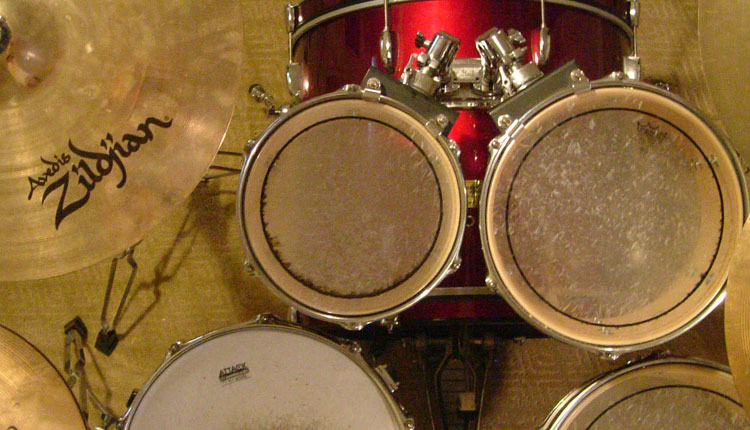Drum Therapy for Autism
When I recently took my fifteen-year-old son with Asperger’s to his weekly therapy session, I was thrilled when he was offered the chance to participate in drum therapy. Instantly, I recalled the days when he was a toddler throwing a spectacular meltdown, beating himself with his fists until I set a drum in front of him and he pounded it instead. A broad smile came across his face as his frenetic energy transformed from self destructive behavior to music.
Drum therapy is gaining in popularity as a means of reaching children with autism. For instance, The Drumming for Autism Project in New Jersey started as a “School Peacemaker” program to address the needs of youth through creative self expression then expanded to specifically address autism. The stated objectives of the project are increased and improved socialization and the reduction of anxiety and behavioral problems. Additional, some experts contend that drumming helps individuals access their right-brain which controls emotions, intuition, artistry and relaxation. This is of particular benefit to the child with autism and can provide a type of neurological re-patterning for a concrete thinker.
Drum therapy encompasses hand/eye coordination, vestibular movement and visual perception. How to hold sticks, where to strike the instruments and necessary body movement are all part of an occupational therapy lesson come to life in a meaningful way.
Drumming also provides a functional activity that supports language skills such as categorization, sequencing, predicting, turn taking, listening, problem solving and following directions. The complexity and “call and response” action of drumming mimics and encourages human speech. The structure and repetition of drumming appeals to individuals on the autism spectrum and gives them an outlet for their emotions and a means to channel their energy.
In starting your child’s drum therapy, be sure to give the teacher the heads-up about his or her particular strengths and deficits. learning style and triggers. One-to-one sessions are recommended as a starting point for them to garner the skills to later join a drumming group. Being part of an ensemble is a valuable experience for anyone, but especially for the child with autism challenged by social skill deficits. Finding people who share their special interests is the surest path to friendship for those with autism spectrum disorders.
While formalized drum therapy has its place, so does simply having a drum at home for your child or playing drums with them. How many times has it been said that children with autism march to the beat of a different drummer? Drumming helps them find and keep that beat.

